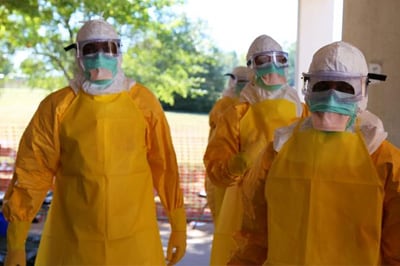High-Consequence Pathogens and Pathology (DHCPP)

Focus: To improve public health and safety in the United States and globally by preventing illness and death caused by deadly high-consequence pathogens or unexplained diseases.
Some key activities:
- Monitor, investigate, and study diseases caused by highly hazardous bacteria and viruses— such as those that cause anthrax and viral hemorrhagic fevers (like Ebola).
- Investigate and find new ways to prevent zoonotic infections (like rabies and leptospirosis) that spread from animals to people.
- Conduct investigations of unexplained deaths and diseases of unknown origin, and efforts to uncover new infectious diseases. This work contributed to the identification of the agents causing SARS and hantavirus pulmonary syndrome.
- Develop better and faster diagnostic tests to improve monitoring the impact of human papillomavirus (HPV) vaccines.
- Track specific prion diseases (diseases that attack the brain) such as Creutzfeldt-Jakob disease (CJD).
- Implement educational campaigns and physician outreach efforts on chronic fatigue syndrome
Page last reviewed: November 4, 2016